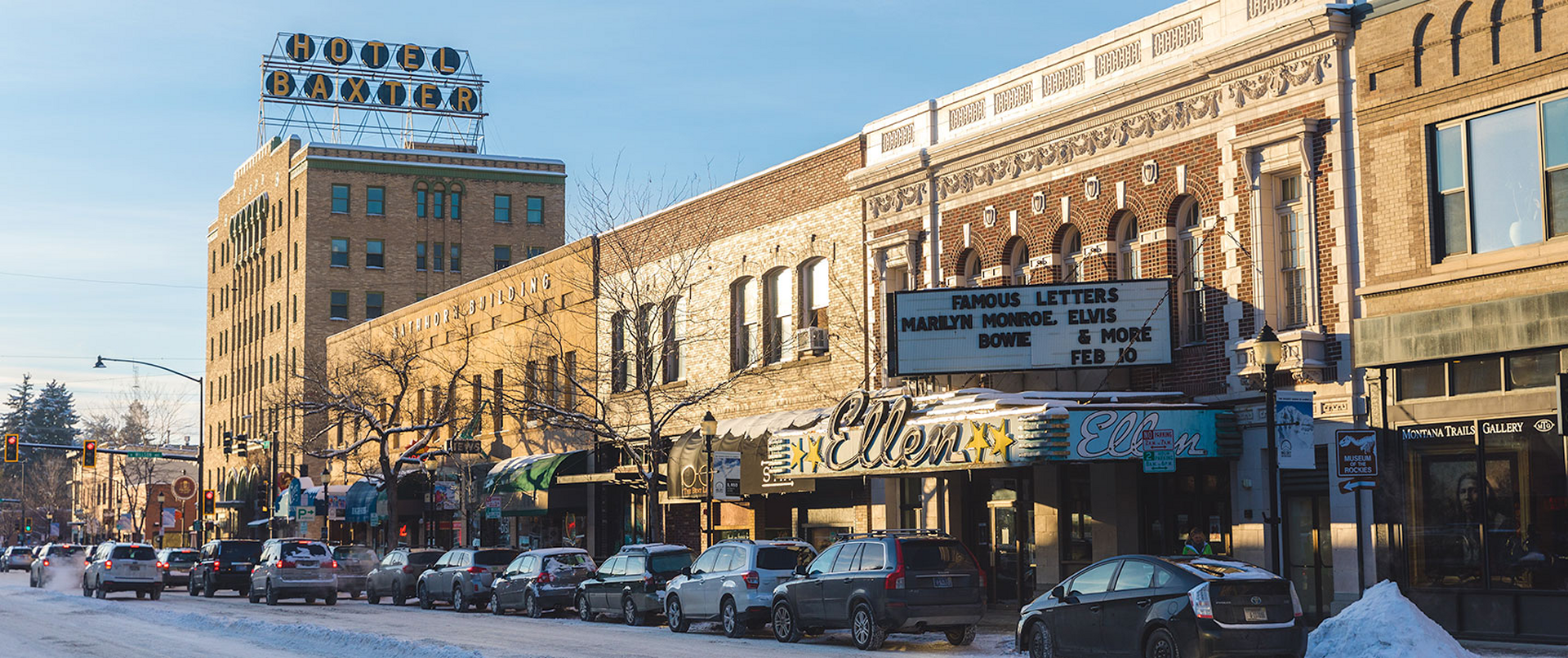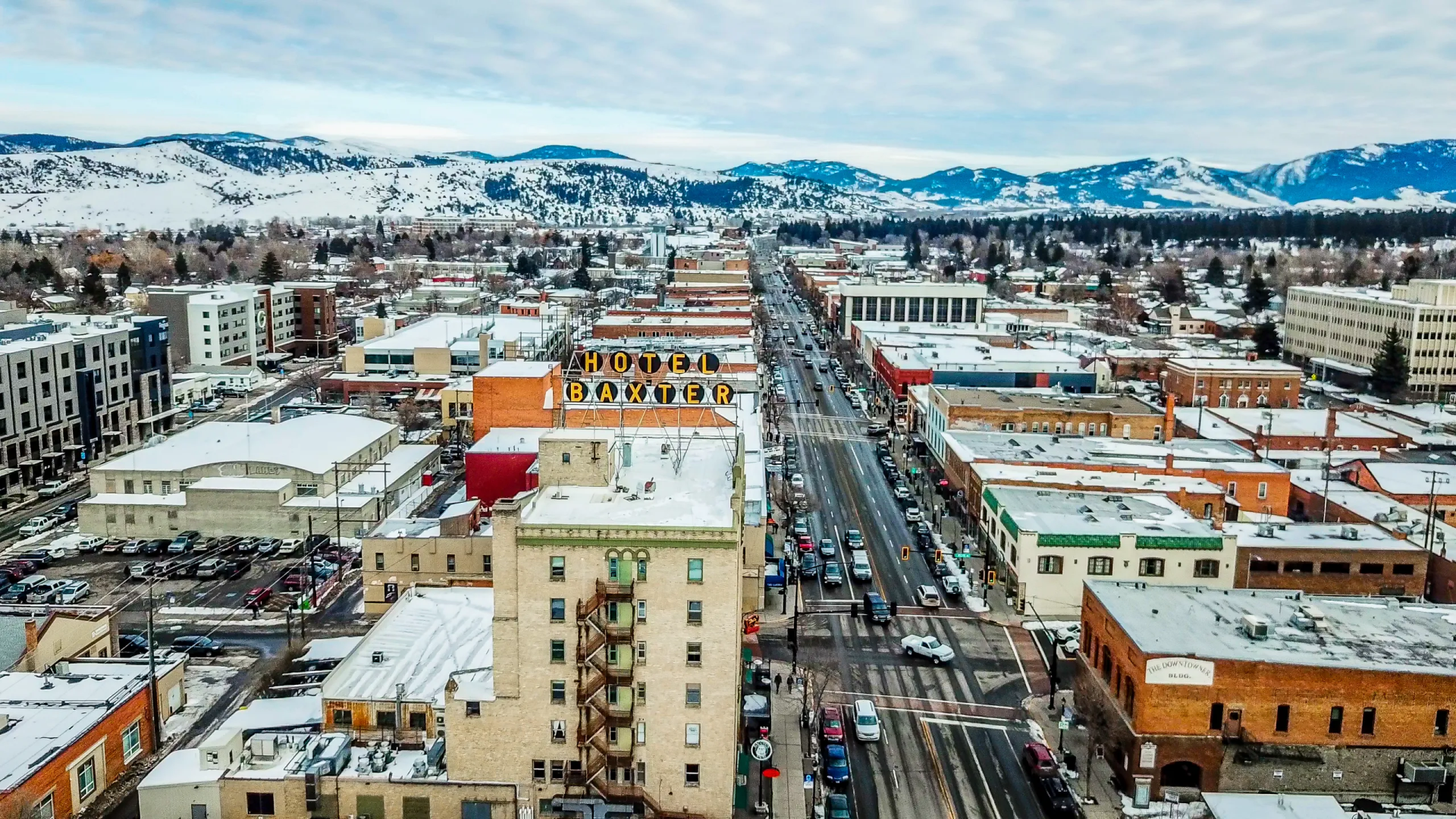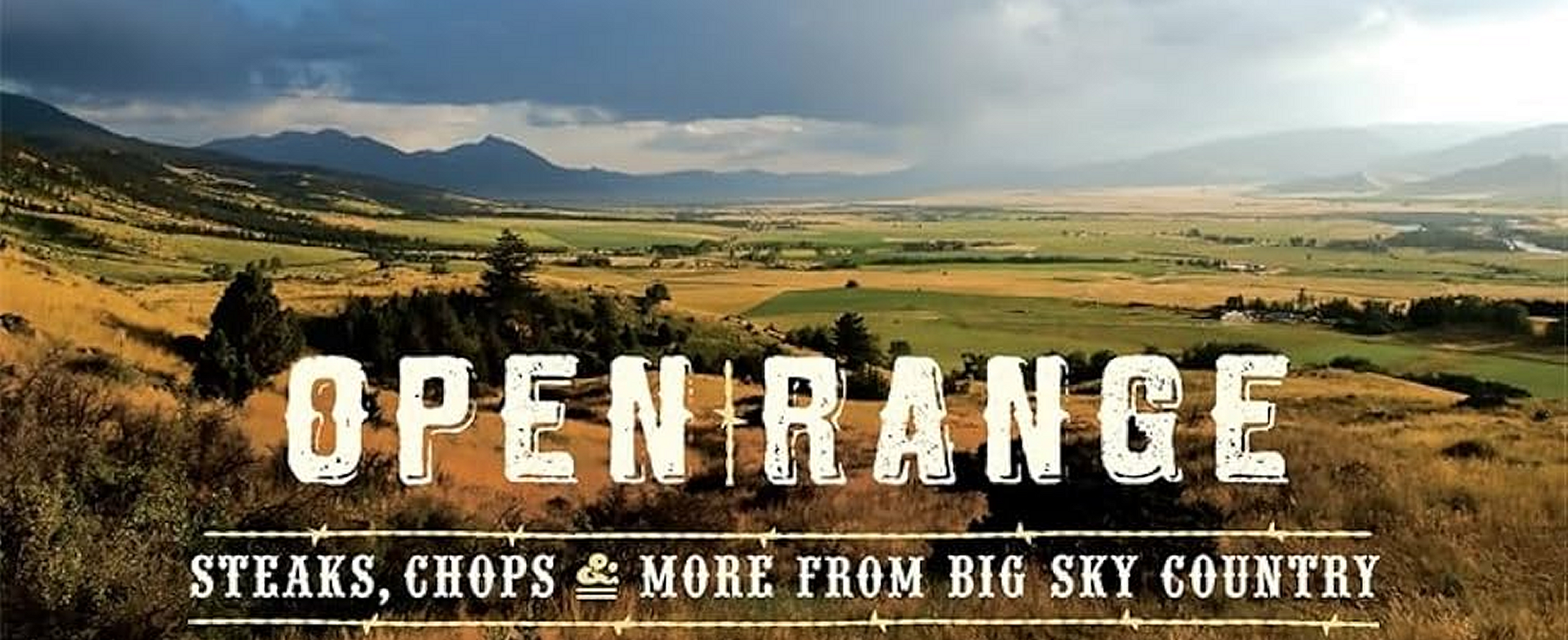
Downtown Guide.
Bozeman was founded in 1864 by John Bozeman and a group of pioneers. Its growth was rapid, fueled by its advantageous position along the Bozeman Trail. By the 1870s, the town had evolved into a prosperous agricultural hub, thanks to the fertile soil of the Gallatin Valley, often referred to as "the Valley of the Flowers."
-
Bozeman, Montana, has a rich and varied history that spans from Native American habitation to its development as a thriving mountain city. Here’s an overview of the key periods and events:
Indigenous History
For thousands of years, the Gallatin Valley, where Bozeman is located, was inhabited by Indigenous tribes, primarily the Shoshone, Crow, and Blackfeet. The area's rich rivers, forests, and wildlife provided resources for hunting and trade routes. The Indigenous peoples’ use of the land was sustainable and harmonious with the environment, establishing cultural and spiritual ties to the area.
19th Century: Early Exploration and Settlement
The first non-Native visitors to the area were explorers like William Clark of the Lewis and Clark Expedition, who traveled through the region in 1806. Trappers and fur traders arrived later, but the establishment of white settlements didn’t begin until the mid-1800s.
In 1863, John Bozeman, an ambitious prospector and entrepreneur, blazed the Bozeman Trail through the area. The trail was intended to offer a shortcut to the Montana gold fields in Virginia City and brought waves of settlers. Though the trail was convenient, it cut through Indigenous lands, leading to conflict. The U.S. government established forts, such as Fort Ellis (1867), to protect travelers, contributing to ongoing clashes with Native tribes.
Founding of Bozeman (1864)
Bozeman was officially established in 1864 by John Bozeman and several other pioneers. The town grew quickly due to its strategic location along the Bozeman Trail. By the 1870s, Bozeman had become a thriving agricultural community thanks to the fertile Gallatin Valley, known as "the Valley of the Flowers."
The Railroad and Growth (1880s)
The arrival of the Northern Pacific Railway in 1883 was a transformative moment for Bozeman, making it a vital transportation and trade hub in Montana. The railroad boosted the economy and allowed Bozeman to grow into a commercial and cultural center for the region. During this period, several buildings and institutions, including Montana State College (now Montana State University), were established, laying the foundations of the city's growth.
20th Century: Education and Agriculture
Montana State College, founded in 1893, became a central part of Bozeman's identity. It drew students and professionals from across the country and developed a reputation for agricultural research and engineering programs. Throughout the early 1900s, agriculture remained the dominant industry, with wheat, barley, and cattle as primary products. The college's agricultural extension service also helped local farmers by introducing scientific advancements.
Post-War Boom and Tourism
After World War II, Bozeman’s population grew, and tourism became a significant economic driver. Nearby Yellowstone National Park, opened in 1872, attracted visitors, and Bozeman became a gateway city. The development of Big Sky Resort in the 1970s brought skiing tourism to the area, further boosting Bozeman’s economy.
Modern-Day Bozeman
In recent decades, Bozeman has experienced significant growth as people are drawn to its quality of life, outdoor recreational opportunities, and thriving tech and startup sector. It has also maintained a reputation for academic research, particularly through Montana State University. This growth has brought challenges, including rising housing costs and debates over development, but Bozeman continues to thrive as a blend of historical roots, academic influence, and outdoor adventure.
Today, Bozeman is one of Montana’s fastest-growing cities, combining its rich history with modern economic and cultural vibrancy.

The Baxter Hotel, a historic landmark built in 1929, has been thoughtfully renovated to offer modern amenities while preserving the elegant craftsmanship of its original design. Known for its local significance, sophistication, and prime location, the hotel has hosted countless memorable events, from weddings and special occasions to exceptional dining experiences. In addition, the hotel houses thriving local businesses and offers residential and commercial spaces for both residents and entrepreneurs.
In 1982, before the Gallatin County Jail was relocated to South Sixteenth Avenue, the Gallatin Historical Society presented a proposal to the Gallatin County Commissioners to convert the old jail, built in 1911, into a museum. The commissioners approved the idea, and a long-term lease was signed, leading to the creation of the museum.
Courtney King
Bozeman Airbnb
Nestled within the historic Baxter Hotel on Main Street, this cozy neighborhood pub is a must-visit. Enjoy a selection from their 24 rotating beers on tap or savor a classic cocktail as you catch up with friends, old and new.
The Baxter has owned the space since 1929, but it wasn’t until the 1960s that it was named "The Bacchus." Since then, it has operated as the Bacchus Pub, except for a brief period when it was home to a Mexican restaurant.

Trout On The Fly partners with only the most dedicated guides in Montana—those who are safe, knowledgeable, professional, and fun. Whether you're fishing the Madison River, the Bighorn River, or any river, stream, or lake in between, let their expert guides lead you to the fish. Reach out for a 15-minute phone call to plan the perfect trip for you.
Montana in Movies
-
Movies Filmed in Bozeman, Montana
1. A River Runs Through It (1992)
Directed by Robert Redford and based on Norman Maclean's novella, this iconic film about fly fishing and family relationships features scenes shot in and around Bozeman and the nearby Gallatin River.
2. The Horse Whisperer (1998)
Starring Robert Redford, this film about a horse trainer helping a young girl and her horse recover after a traumatic accident was filmed in Bozeman and other parts of Montana.
3. Run Wild, Run Free (1969)
Filmed partially in Montana's open landscapes, including areas near Bozeman.
4. Certain Women (2016)
This indie drama, directed by Kelly Reichardt, captures the beauty of Montana and includes scenes filmed near Bozeman.
5. Yellowstone Kelly (1959)
Although not exclusively filmed in Bozeman, this Western adventure used parts of the surrounding Montana landscape.
6. Timberjack (1955)
A logging drama set in the rugged Montana wilderness, with scenes filmed near Bozeman.
7. Far and Away (1992)
Parts of this epic drama, starring Tom Cruise and Nicole Kidman, were filmed in Montana, with some shooting locations near Bozeman.
8. Heaven’s Gate (1980)
While most of the filming took place in nearby areas like Livingston and Glacier National Park, Bozeman played a role in providing logistical support.
9. Amazing Grace and Chuck (1987)
A drama about a boy protesting nuclear weapons, with some scenes shot in Montana, including Bozeman.
10. The Ballad of Lefty Brown (2017)
A Western featuring landscapes near Bozeman as part of its backdrop.
TV and Documentaries
"Yellowstone" (2018–Present): While most of the series is filmed near Darby and Missoula, Bozeman has been mentioned and associated with the show.
Documentaries and Nature Films: Bozeman's proximity to Yellowstone National Park has made it a key location for various nature and wildlife documentaries.
The LARK is thoughtfully designed to capture the essence of Montana. With spacious seating areas, an outdoor wood-burning fireplace, and an open-air patio overlooking Main Street, it offers a welcoming atmosphere. Each guestroom features local artwork, providing a unique and informative experience. Their goal is to help you discover the best of Bozeman during your stay.

Armory Hotel
Located in Historic Downtown Bozeman. Featuring Montana food in a Bistro-Style Restaurant
The Bozeman Guide
TheBozemanGuide.com
by Courtney King















